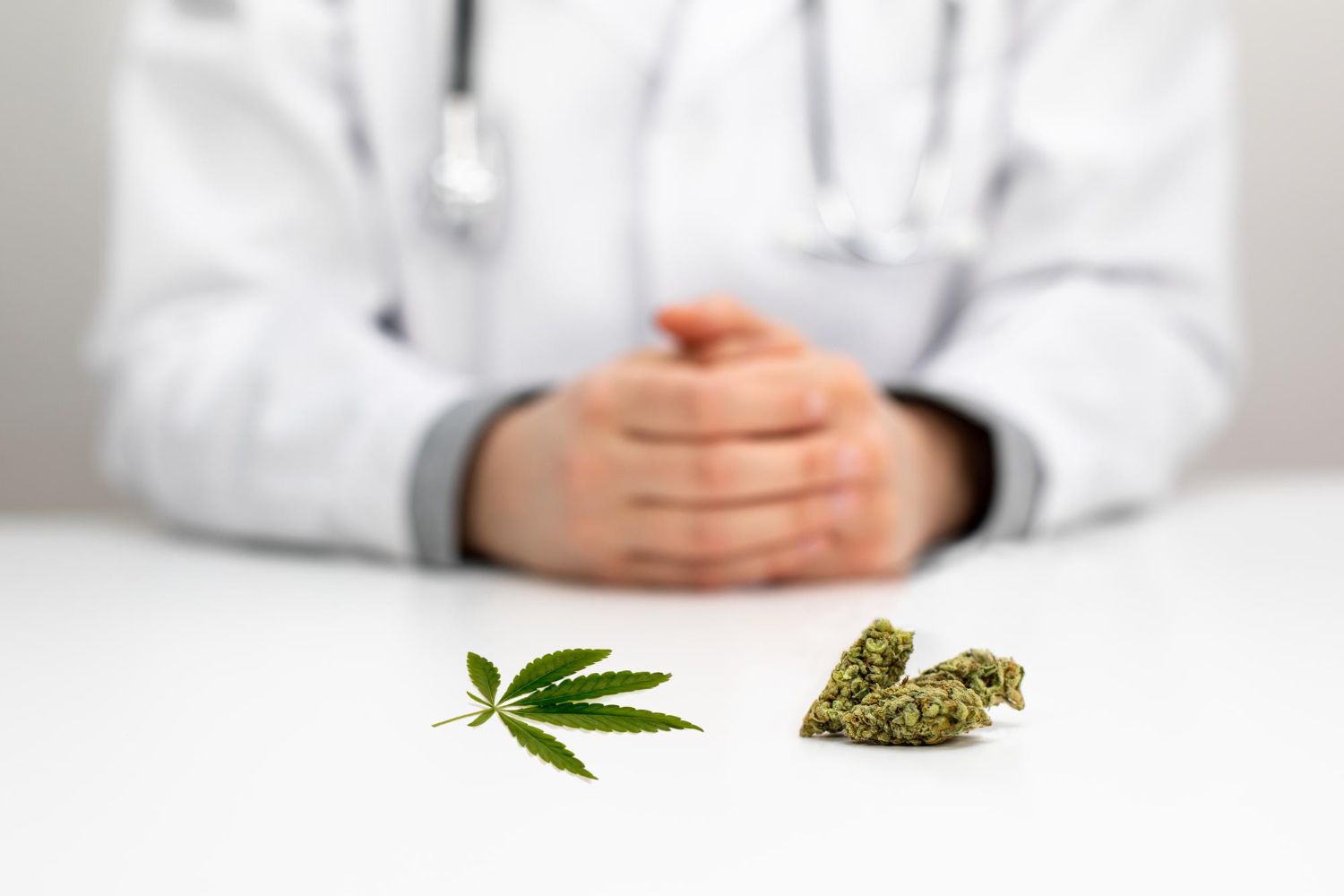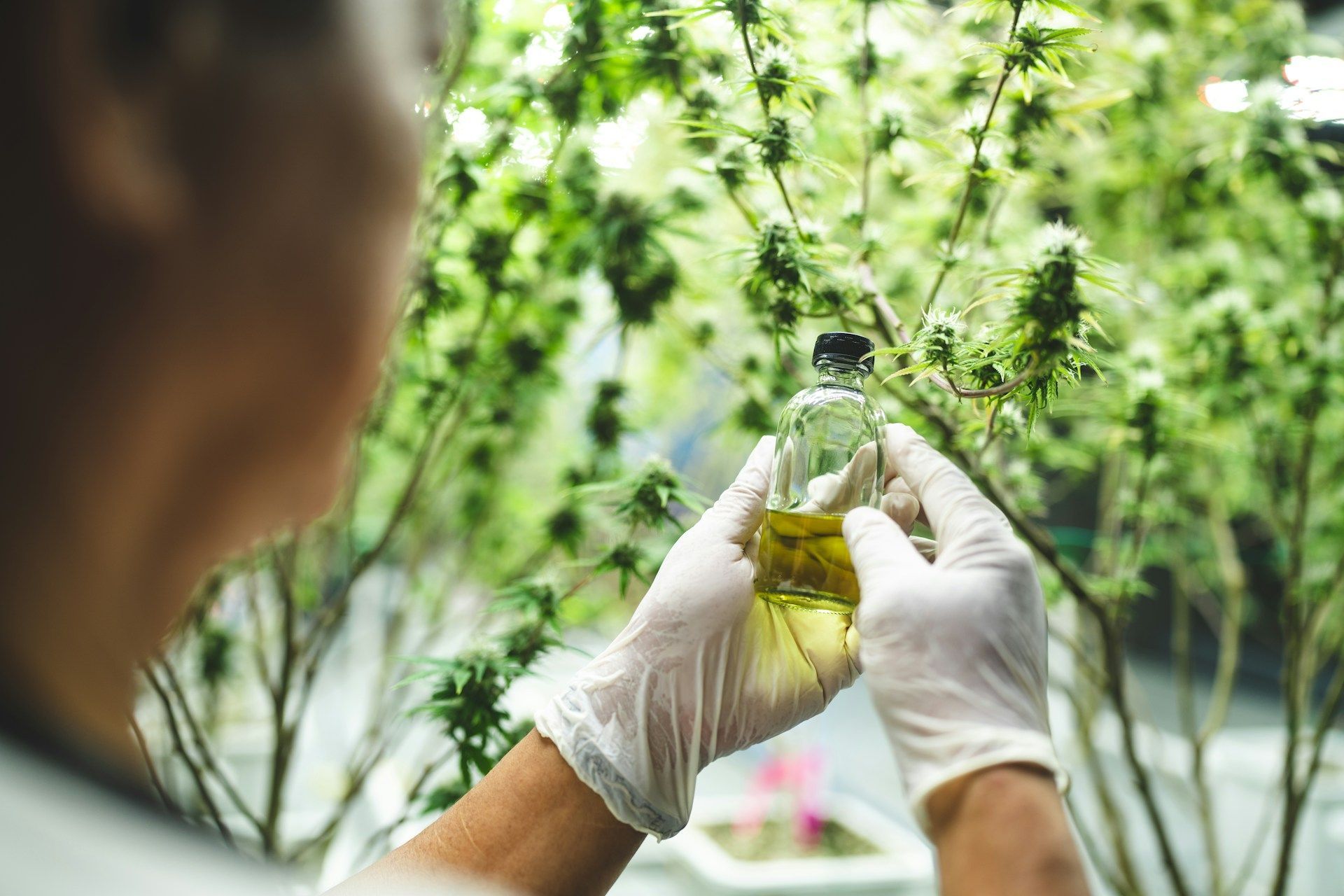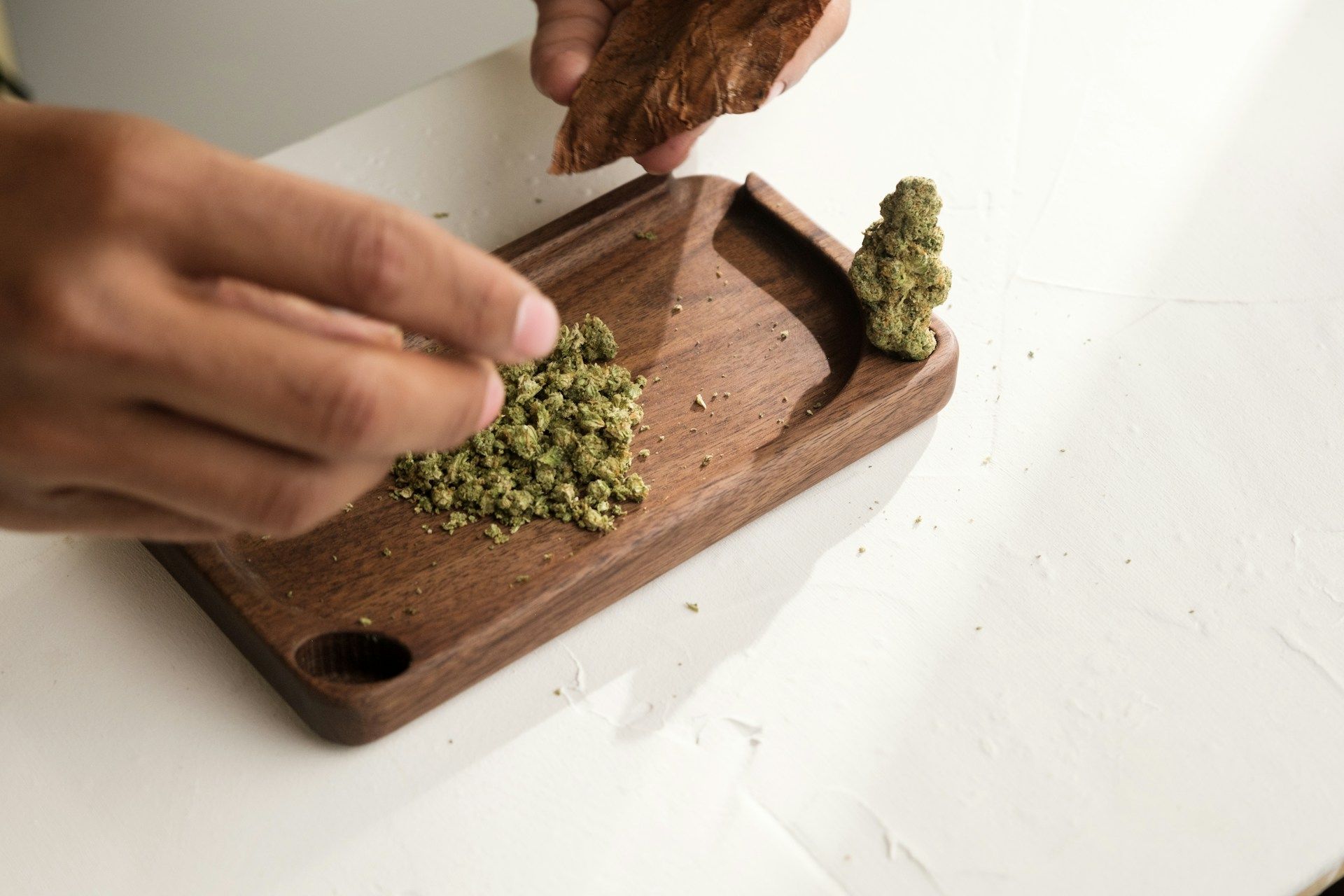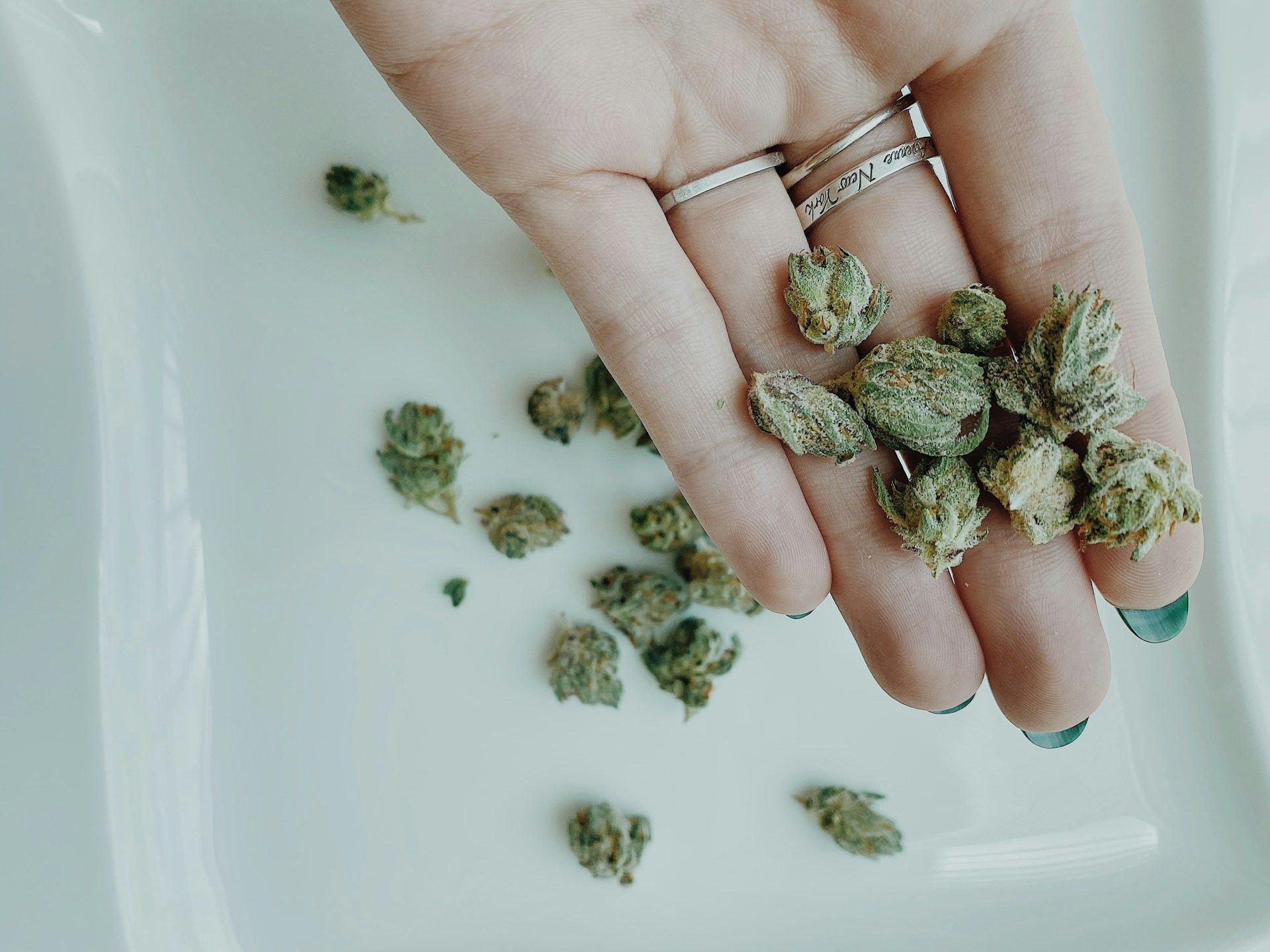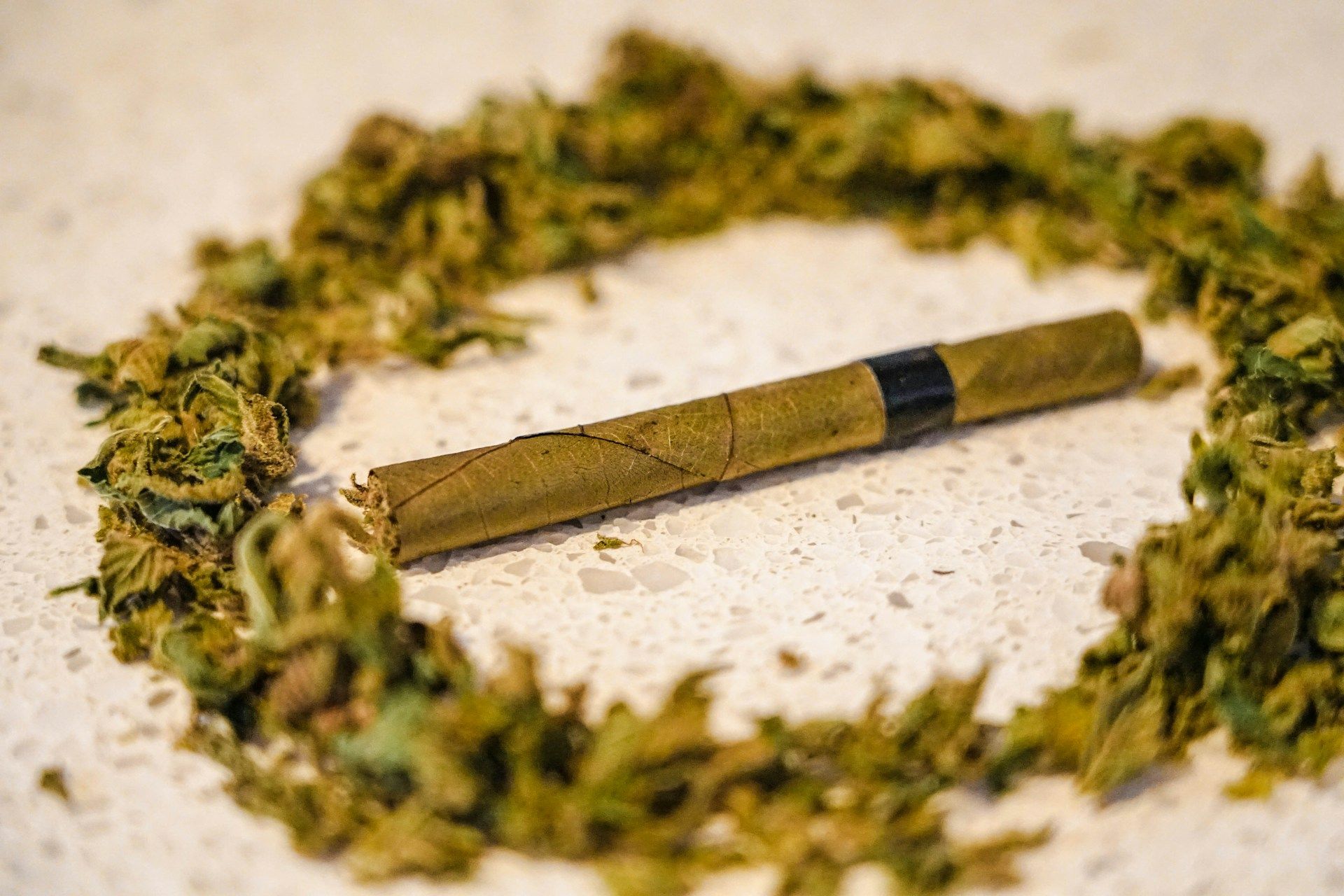Medical Marijuana: Facts and Myths
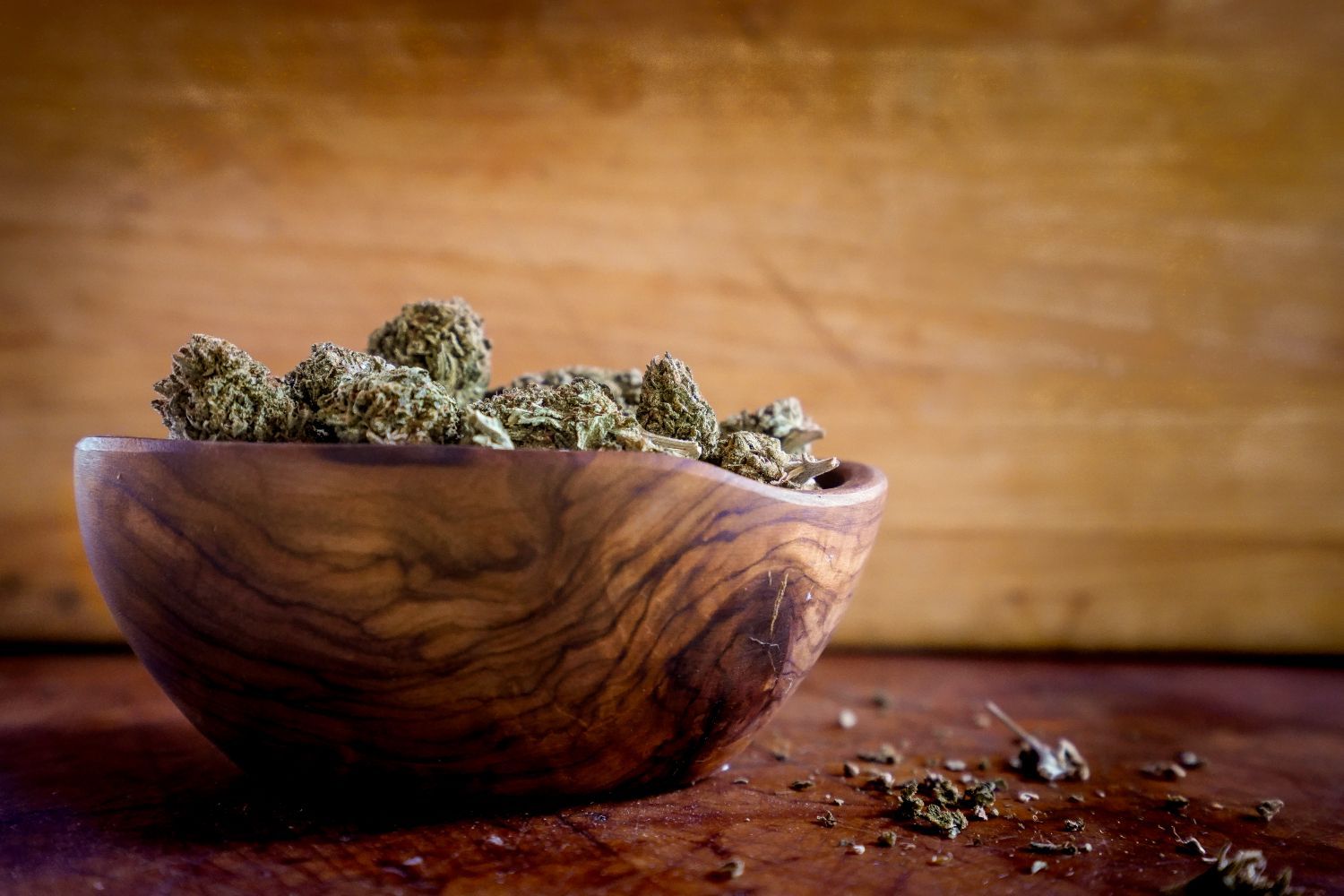
Medical marijuana is a topic that sparks curiosity and debate. With its growing acceptance, understanding what it is and what it is not becomes essential. This exploration helps make sense of the many ideas and opinions surrounding it.
Despite the differing views on medical marijuana, learning the facts and dispelling myths ensures a more informed perspective. Understanding what medical marijuana can offer and what it cannot contribute to a clearer picture of its potential and limitations.
Understanding Medical Marijuana
Medical marijuana refers to the use of the cannabis plant and its components, like cannabinoids, for therapeutic purposes. People have used it for various reasons, including pain relief, nausea treatment, and appetite stimulation. Cannabis plants contain chemicals that interact with the body's receptors, potentially producing different effects based on the strain and composition.
In the United States, the legal status of medical marijuana varies by state. Some states have laws permitting its use for medical reasons, while others have strict regulations or still prohibit it. Understanding these laws is crucial for anyone considering medical marijuana, as it might be legal in one area and banned in another.
Regulations also dictate how medical marijuana can be purchased and used. Patients typically need a recommendation from a healthcare professional to access it legally. Regulations may include limits on the amount one can possess, where it can be used, and how it can be administered. Staying informed about these rules helps ensure compliance with state laws and promotes responsible use.
Common Myths About Medical Marijuana
Medical marijuana is surrounded by myths that can confuse people considering its use. One common myth is that it's unsafe or harmful. Most concerns focus on the smoking aspect or psychoactive effects. However, medical marijuana comes in various forms, such as oils, tinctures, and edibles, allowing users to choose methods that don't involve smoking.
Another myth suggests medical marijuana lacks efficacy. Many people believe it has no real medical value and is just an excuse for recreational use. While it's crucial to approach claims critically, several studies and anecdotal evidence support its benefits for certain conditions, which is why some healthcare providers include it in treatment discussions.
There's also a misconception that medical marijuana is highly addictive. While any substance can potentially lead to dependency, research indicates marijuana is less addictive than substances like nicotine or alcohol. Understanding the facts about usage and dependency helps debunk this myth and encourages a more balanced view of its risks.
Addressing these myths allows people to make more informed choices about medical marijuana, helping to separate unfounded fears from reality. Acknowledging these misconceptions also paves the way for more open, fact-based discussions about its role in therapeutic care.
Proven Facts About Medical Marijuana
Medical marijuana has several facts backed by scientific research and data. These facts help clarify its potential uses and benefits, providing a more accurate picture of its role in healthcare.
One important fact is that medical marijuana contains cannabinoids, which are compounds that interact with the human endocannabinoid system. The two most commonly known cannabinoids are THC (tetrahydrocannabinol) and CBD (cannabidiol). THC is typically associated with the psychoactive effects of marijuana, while CBD is noted for its potential therapeutic benefits without causing a "high."
Research has shown that these cannabinoids can influence various physiological processes. Studies have pointed out potential benefits in managing chronic pain, reducing inflammation, and addressing symptoms of certain neurological disorders.
Another proven fact is the broad range of forms medical marijuana can take. Beyond smoking, it is available as tinctures, edibles, and topical creams. This variety allows users to select forms that suit their personal needs and preferences.
As ongoing research explores how cannabinoids work, new findings continue to emerge. This expanding knowledge base plays a crucial role in shaping how medical marijuana is viewed and used in therapeutic settings.
Navigating Medical Marijuana Safely
For those new to medical marijuana, navigating it safely involves understanding some basic guidelines. Following these steps can help ensure a positive experience and responsible use.
1. Start Low and Go Slow
Begin with a low dosage to see how your body reacts. Gradually increase the dosage if needed, always paying attention to your feelings.
2. Choose the Right Product
Consider whether you want a product with more THC, more CBD, or a balanced blend. This choice can affect the experience and desired outcomes.
3. Document Your Experiences
Keeping a journal of dosages and effects can be helpful. This info can guide future decisions and help refine your approach.
When discussing medical marijuana with a healthcare provider, it’s important to be open and honest. Prepare by asking how different strains or dosages might interact with your body or existing medications. Sharing your goals and concerns will help the provider understand how best to support you.
Using medical marijuana safely involves being informed, asking questions, and making thoughtful choices. This careful approach can maximize benefits while minimizing potential risks.
Conclusion
As interest in medical marijuana continues to grow, understanding the facts and myths around it becomes more essential than ever. Learning the truth can guide decisions and clarify diverse opinions and claims. With the right knowledge, navigating medical marijuana becomes an empowering experience that meets personal needs responsibly.
For those seeking quality and guidance, Flower Power Experience in Toms River, NJ, offers a variety of options tailored to your medical marijuana needs. Visit our cannabis store to explore our range and ensure you make informed choices that align with your journey.

